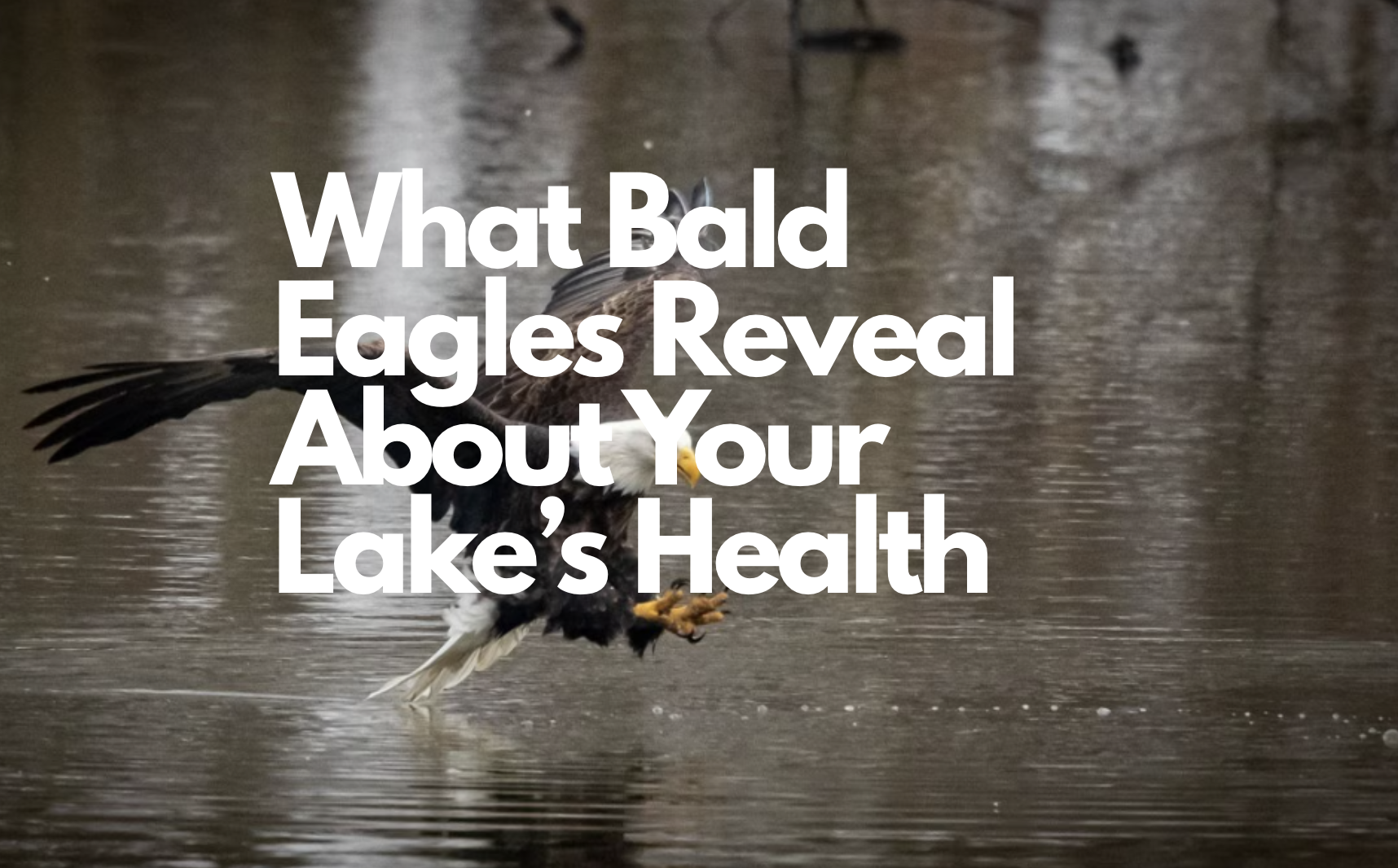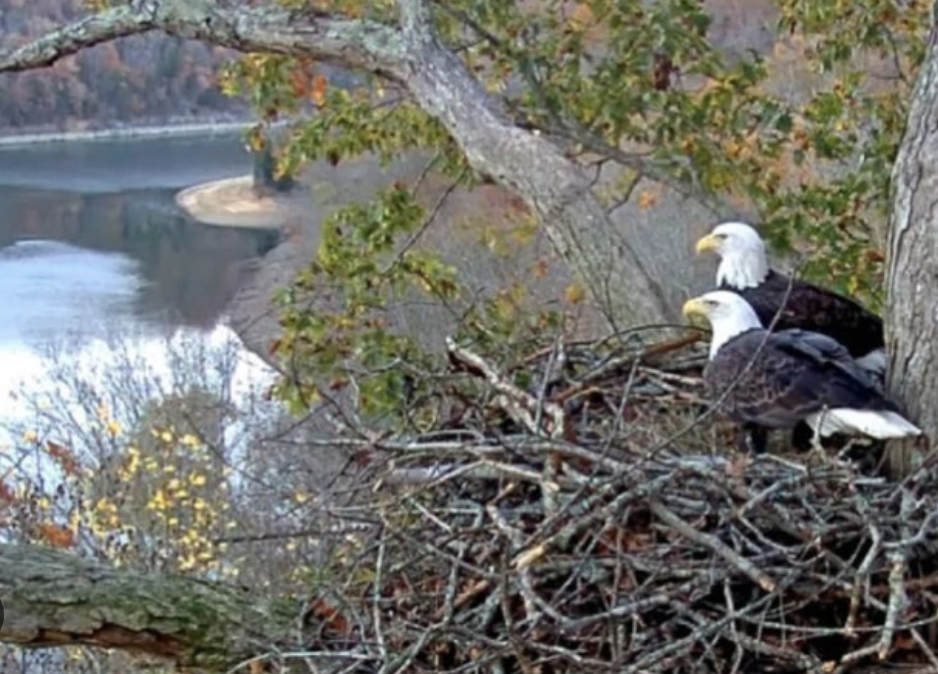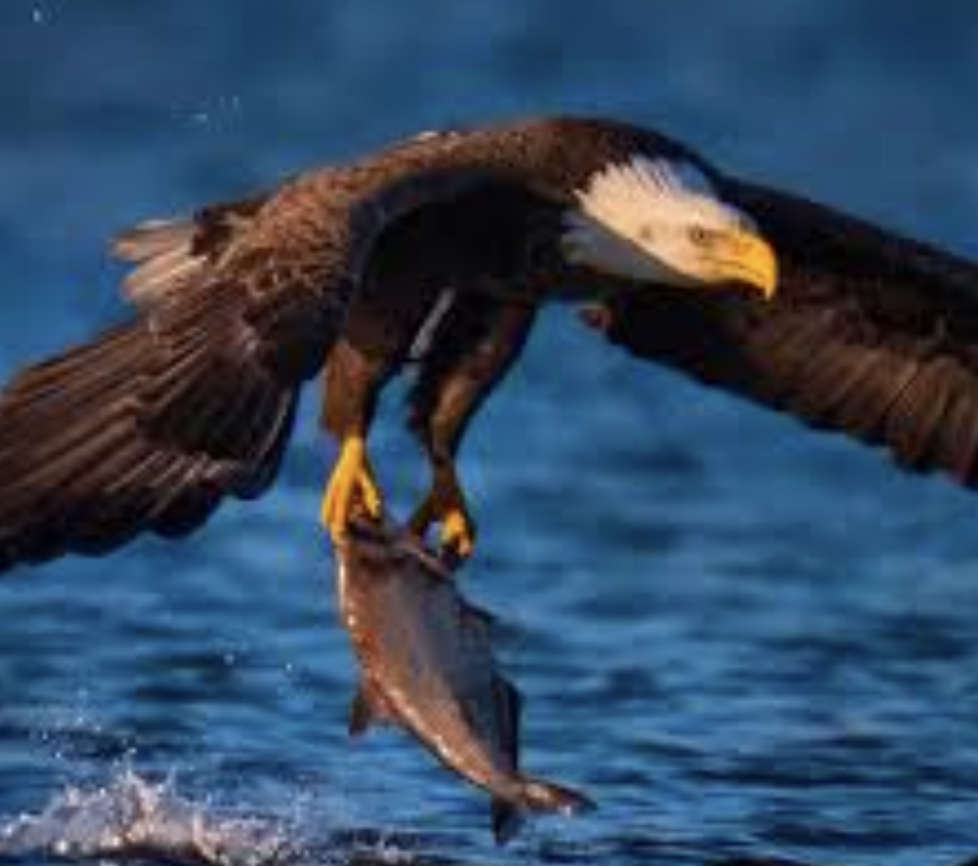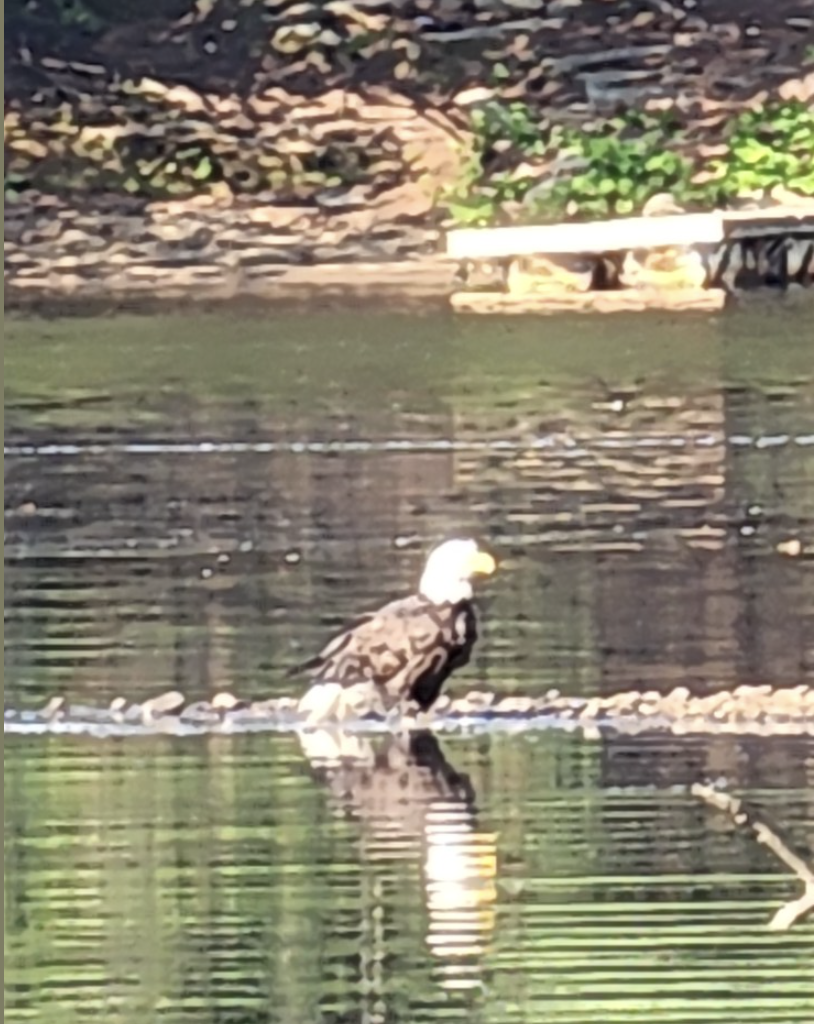
Few sights capture the spirit of wild America like a bald eagle soaring over a shimmering lake. With their iconic white head and tail feathers, powerful wings, and piercing eyes, these majestic raptors symbolize strength, freedom, and a healthy environment. While bald eagles can be found in a variety of habitats, lakes hold a special appeal for them — and if you live on or near a lake, you might be lucky enough to share your backyard with one.
So why do bald eagles love lakes so much? The answer lies in the perfect mix of food, habitat, and hunting opportunities that freshwater environments provide. Let’s dive into the fascinating reasons these birds of prey are such dedicated lake lovers.
Lakes Provide an All-You-Can-Eat Buffet
The primary reason bald eagles gravitate toward lakes is simple: food. While they’re opportunistic feeders capable of eating everything from waterfowl to carrion, their favorite meal is fish. Lakes offer a steady, abundant supply of this preferred prey.
Bald eagles are expert anglers. With eyesight estimated to be four to five times sharper than a human’s, they can spot a fish swimming near the surface from hundreds of feet in the air. Once they lock in on a target, they fold their wings, swoop down, and snatch it from the water with powerful talons. Larger lakes with healthy fish populations are essentially year-round fishing holes for these raptors, making them prime eagle real estate.
Ideal Nesting Sites
Along Shorelines
Bald eagles don’t just need food — they need safe, stable nesting spots. Mature trees along lakefronts provide exactly that. These birds build some of the largest nests in the avian world, often exceeding 6 feet across and weighing several hundred pounds. They prefer tall trees that give them an unobstructed view of their surroundings, with quick access to the water.
Lakeshores offer the perfect combination:
- sturdy trees for nesting, a nearby food source, and a relatively low level of disturbance in many rural areas.
Once a pair establishes a nest, they often return to it year after year, adding new material each season. Over time, some nests can become enormous, with the largest on record weighing over two tons.

Open Water for Winter Survival
For bald eagles in northern climates, winter presents a serious challenge. Rivers and smaller bodies of water may freeze over, limiting access to fish. Lakes, especially deeper ones, often retain open water well into the winter months. In addition, lakes connected to rivers or fed by springs can have areas that never fully freeze, providing reliable fishing spots even in harsh weather.
This is why eagle sightings often spike around open-water areas in the winter. If you see several bald eagles congregating in one part of the lake during January or February, it’s likely because the water there remains accessible for hunting.
Migratory Rest Stops
Not all bald eagles stay in one place year-round. Many northern eagles migrate south in the fall, following open water as it recedes. Lakes along these migratory routes become vital rest stops, offering food and shelter for weary travelers.
If your lake happens to be on a major flyway, you might witness a seasonal influx of eagles in the spring and fall. These temporary visitors may only stay a few days or weeks, but they often arrive in impressive numbers, making migration seasons a prime time for eagle watching.
Opportunities for Scavenging
While bald eagles are skilled hunters, they are also opportunistic scavengers. Lakeside environments provide plenty of chances to score an easy meal — from dead fish washed ashore to waterfowl remains left by other predators. Eagles have even been known to steal fish from ospreys in midair, a dramatic display of their dominance.
In the colder months, when live prey is harder to come by, scavenging becomes an even more important survival strategy. Shorelines often concentrate these food sources, making lakes an attractive place to spend the winter.

Social Spaces for Eagles
While we often think of bald eagles as solitary birds, they can be surprisingly social when it comes to feeding. Large lakes that support abundant fish populations may host gatherings of dozens of eagles, particularly in late winter and early spring when fish are spawning. These events create a spectacle for onlookers, with multiple birds soaring, diving, and calling in the same area.
Such gatherings also serve as important learning grounds for younger eagles. Immature birds, with their mottled brown plumage, often watch and mimic the hunting techniques of older, more experienced individuals.

Indicators of a Healthy Lake Ecosystem
Bald eagles are more than just a beautiful sight — they’re an important sign of environmental health. Because they sit near the top of the food chain, their presence reflects the abundance and quality of fish and other prey. In the mid-20th century, eagle populations plummeted due to pesticide use, habitat destruction, and pollution. Lakes with high chemical contamination often saw their eagle numbers vanish.
Thanks to conservation efforts, cleaner water, and habitat protection, bald eagles have made a remarkable comeback. Today, a healthy population of eagles around your lake suggests that the ecosystem is thriving — a win for both wildlife and people.
What Lake Residents Can Do to Attract and Protect Eagles
If you’re fortunate enough to live on a lake frequented by bald eagles, there are steps you can take to keep them coming back:
- Protect shoreline trees: Eagles need tall, mature trees for nesting and perching. Avoid unnecessary removal of these natural structures.
- Limit shoreline disturbance: Reduce noisy activities near known nesting sites during breeding season (late winter to early summer).
- Maintain healthy fish populations: Support lake conservation efforts that improve water quality and sustain fish numbers.
- Avoid pesticides and pollutants: Chemicals can accumulate in fish, harming eagles that feed on them.
- Enjoy from a distance: Use binoculars or cameras with zoom lenses for eagle watching. Getting too close can stress the birds, especially during nesting season.
The Joy of Eagle Watching from Your Dock
There’s something magical about seeing a bald eagle swoop down to snatch a fish, then soar off toward the treeline. For lake homeowners, these encounters are a reminder of the wild beauty that still exists just beyond the back porch. Eagles are more than occasional visitors — they’re part of the intricate web of life that makes lakefront living so special.
Whether you’re sipping coffee on your dock in the early morning or cruising across the water in the late afternoon, keep your eyes peeled for these majestic birds. They may be perched high in a pine tree, circling in the sky, or skimming low over the waves in search of their next catch.
Final Thoughts
Bald eagles are lake lovers for the same reasons people are — abundant food, scenic views, and the peaceful rhythm of life by the water. Lakes give them the resources they need to hunt, nest, and thrive, while we get the privilege of sharing the shoreline with one of North America’s most iconic creatures.
If you live on a lake, consider yourself lucky. Not only do you have front-row seats to nature’s beauty, but you’re also helping provide a home for a species that nearly disappeared from our skies just a few decades ago. By keeping our lakes clean, healthy, and wild, we ensure that bald eagles — and the many other species that depend on these habitats — will be part of our lakefront landscapes for generations to come.
Posted by Scott Freerksen “The Lake Guy”
